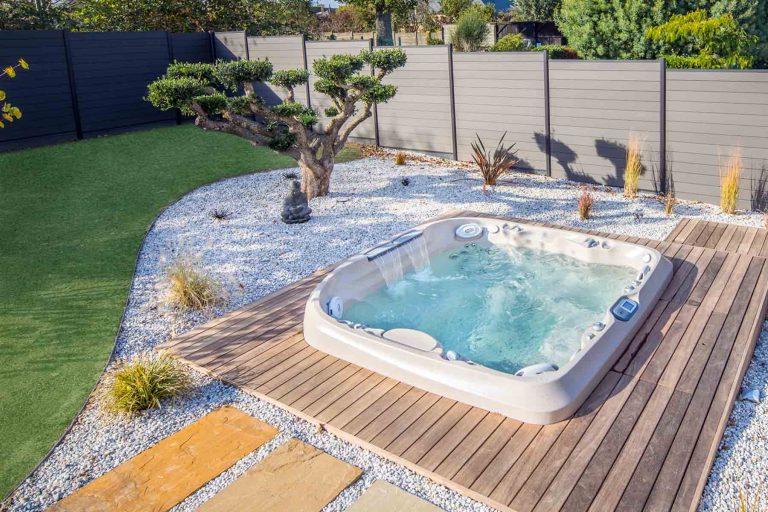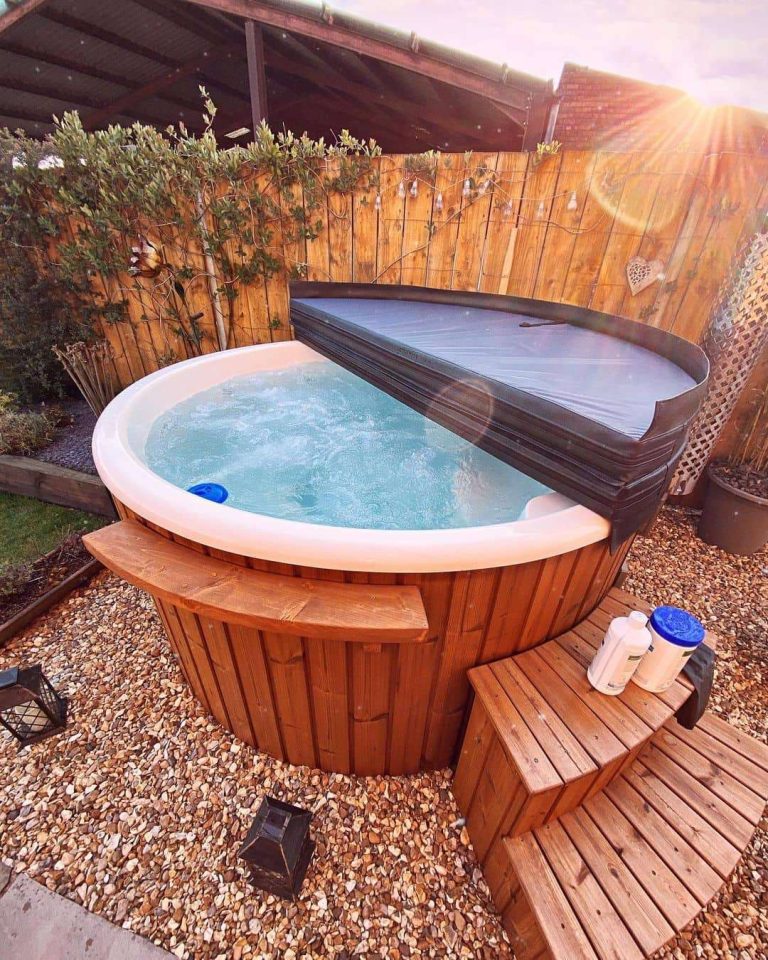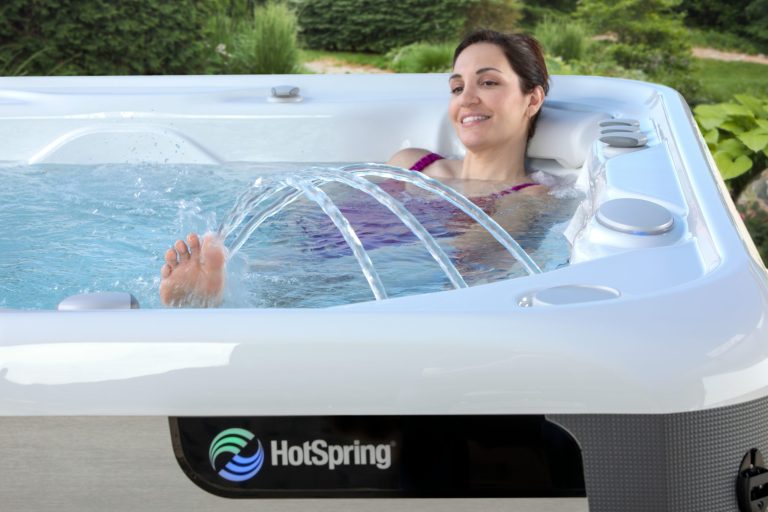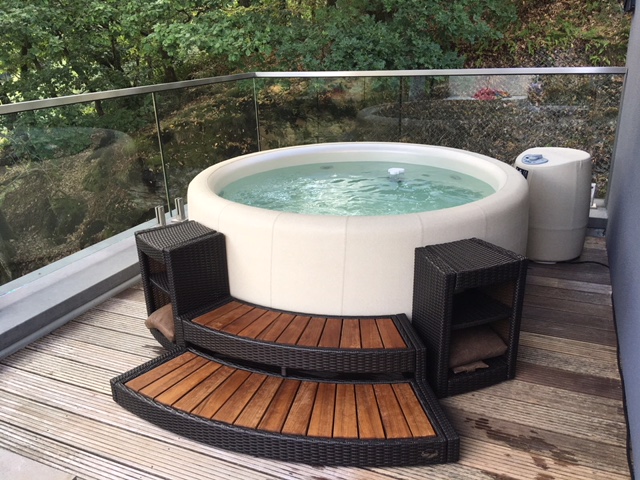The Timeless Charm of Wooden Hot Tubs
Wooden hot tubs embody a timeless allure that has captivated soakers for centuries. These natural vessels offer a unique blend of rustic charm and luxurious relaxation, setting them apart from their modern counterparts. The use of wood in hot tub construction creates an inviting atmosphere, evoking a sense of warmth and connection to nature that plastic or fiberglass simply cannot match. This article will explore the enduring appeal of wooden hot tubs, delving into their benefits, material selection, maintenance, and the unparalleled experience they provide. By examining these aspects, we aim to illuminate why wooden hot tubs continue to be a sought-after choice for those seeking a truly exceptional bathing experience.
The Allure of Natural Materials
Wood possesses an inherent beauty that resonates with our innate desire for connection with nature. The rich grains, warm hues, and organic textures of wooden hot tubs create a visual and tactile experience that synthetic materials cannot replicate. Cedar, redwood, and teak, commonly used in hot tub construction, exude a subtle, pleasant aroma that enhances the bathing experience. This olfactory element adds an extra dimension to relaxation, engaging multiple senses simultaneously.
The eco-friendly aspect of wooden hot tubs further amplifies their appeal. Sustainably sourced wood represents a renewable resource, aligning with the growing consumer demand for environmentally conscious products. The production of wooden hot tubs generally has a lower carbon footprint compared to the energy-intensive processes required for manufacturing plastic or acrylic alternatives. This environmental consideration adds to the holistic appeal of wooden hot tubs, making them an attractive option for eco-conscious consumers.
The Benefits of Wooden Hot Tubs

Wooden hot tubs offer a myriad of advantages that contribute to their enduring popularity. Their durability and longevity stand out as primary benefits. Properly treated and maintained wood can withstand the test of time, often outlasting synthetic alternatives. The natural resilience of wood allows it to expand and contract with temperature changes, reducing the risk of cracks or leaks that can plague other materials.
Thermal retention is another significant advantage of wooden hot tubs. Wood’s natural insulating properties help maintain water temperature more efficiently than many other materials. This thermal efficiency translates to lower energy costs and a more consistent soaking experience. The table below illustrates the comparative heat retention capabilities of different hot tub materials:
| Material | Heat Retention (1-10 scale) | Energy Efficiency |
|---|---|---|
| Wood | 9 | High |
| Acrylic | 7 | Moderate |
| Fiberglass | 6 | Moderate |
| Concrete | 8 | High |
Beyond the practical benefits, wooden hot tubs may offer potential health advantages. The aromatherapy provided by natural wood oils can promote relaxation and stress relief. Some proponents argue that the connection with natural materials may have grounding effects, potentially reducing inflammation and improving overall well-being. While more research is needed to substantiate these claims, many users report a heightened sense of relaxation and rejuvenation after soaking in a wooden hot tub.
Choosing the Right Wood for Your Hot Tub

Selecting the appropriate wood species is crucial for ensuring the longevity and performance of your hot tub. Several types of wood are commonly used in hot tub construction, each with its own set of characteristics:
1. Cedar: Known for its natural resistance to decay and insects, cedar is a popular choice. It offers excellent durability and a pleasant aroma.
2. Redwood: This wood boasts superior resistance to moisture and decay, making it ideal for hot tub construction. It also has a rich, attractive color.
3. Teak: Prized for its high oil content, teak is naturally water-resistant and extremely durable. It’s often used in high-end wooden hot tubs.
4. Cypress: This wood offers good resistance to decay and insects, with a pleasant, light color that ages beautifully.
When choosing the wood for your hot tub, consider factors such as local climate, budget, and personal aesthetic preferences. In humid environments, woods with higher natural resistance to moisture and decay, like teak or redwood, may be preferable. For those in drier climates, cedar might be an excellent choice, offering a balance of durability and cost-effectiveness.
Maintaining Your Wooden Hot Tub

Proper maintenance is essential for preserving the beauty and functionality of wooden hot tubs. Regular cleaning and water maintenance are crucial to prevent the growth of bacteria and algae. Unlike synthetic materials, wood requires specific care to maintain its integrity and appearance.
A key aspect of wooden hot tub maintenance is regular sealing. This process involves applying a specialized sealant to the wood, which helps protect it from moisture and prevents warping or cracking. The frequency of sealing depends on factors such as usage, climate, and the type of wood used. Generally, it’s recommended to reseal wooden hot tubs annually or bi-annually.
Water chemistry management is another critical aspect of maintenance. Wooden hot tubs require careful balancing of pH levels and sanitizers to prevent damage to the wood. Chlorine-based sanitizers, commonly used in plastic hot tubs, can be harsh on wood fibers. Instead, many wooden hot tub owners opt for gentler alternatives like bromine or natural sanitizers.
Regular inspection for any signs of wear, such as loose staves or developing leaks, is essential. Addressing these issues promptly can prevent more significant problems and extend the life of the hot tub. Some wooden hot tub owners choose to drain and dry their tubs periodically, allowing the wood to “breathe” and preventing potential issues associated with constant moisture exposure.
The Experience of a Wooden Hot Tub
Soaking in a wooden hot tub offers a unique and immersive experience that transcends mere relaxation. The natural aesthetics of wood create a serene atmosphere, evoking a sense of connection with nature. Many users describe the experience as transformative, providing a respite from the synthetic materials that dominate modern life.
The sensory experience of a wooden hot tub is multifaceted. The subtle aroma of the wood, enhanced by the warm water, creates a natural aromatherapy session. The smooth texture of the wood against the skin offers a tactile pleasure distinct from the slick feel of acrylic or fiberglass. The visual warmth of the wood grains, illuminated by soft lighting, adds to the ambiance, creating a cozy and inviting atmosphere.
Wooden hot tubs often become focal points for social gatherings, fostering connection and conversation. The rustic charm of these tubs can transport users to a simpler time, encouraging a slower pace and mindful relaxation. Many wooden hot tub owners report a deeper sense of relaxation and stress relief compared to their experiences with conventional hot tubs.
The therapeutic qualities of wooden hot tubs extend beyond mere relaxation. The combination of warm water hydrotherapy and the natural elements of wood can potentially alleviate muscle tension, improve circulation, and promote better sleep. While individual experiences may vary, the holistic approach to wellness offered by wooden hot tubs resonates with many users seeking a more natural approach to self-care.
Conclusion
Wooden hot tubs represent a harmonious blend of tradition and luxury, offering a unique bathing experience that continues to captivate enthusiasts worldwide. Their natural beauty, durability, and eco-friendly attributes make them a compelling alternative to synthetic options. The superior heat retention, potential health benefits, and unparalleled sensory experience further solidify their appeal.
While wooden hot tubs require specific maintenance considerations, many owners find the extra care worthwhile for the exceptional experience they provide. The choice of wood, from aromatic cedar to durable teak, allows for customization to suit individual preferences and environmental conditions.
Ultimately, the timeless charm of wooden hot tubs lies in their ability to offer more than just a place to soak. They provide a retreat, a connection to nature, and a vessel for relaxation and rejuvenation. As we continue to seek balance in our fast-paced, technology-driven world, the enduring allure of wooden hot tubs serves as a reminder of the simple pleasures and natural beauty that can enhance our daily lives.

HIEN NGUYEN THI is the owner of topratedjacuzzi.com, a website that specializes in providing information and reviews on various types of jacuzzi hot tubs. With a deep passion for bathroom and spa-related products, Jessica has devoted a significant amount of time and effort to building topratedjacuzzi.com into a reliable resource for those seeking information on the best hot tub models on the market. Through her website, Jessica provides detailed and unbiased reviews of notable jacuzzi hot tub models, including their technical specifications, advantages, disadvantages, and recommendations for each product. Additionally, she shares personal experiences and helpful tips on selecting and using hot tubs, enabling readers to make well-informed purchasing decisions. With enthusiasm and extensive expertise, Jessica consistently updates topratedjacuzzi.com with the latest trends and technologies in the hot tub industry. Her goal is to become the trusted go-to destination for those who wish to research and choose the highest-quality jacuzzi hot tubs.







The comparison of different types of personal Jacuzzis was really informative. I’m leaning towards a portable model for my deck. How do portable Jacuzzis compare to in-ground ones in terms of energy efficiency and operating costs over time?
I’m intrigued by the idea of using a personal Jacuzzi for pain relief. The article mentions hydrotherapy benefits for conditions like fibromyalgia. Are there specific Jacuzzi models or features that are particularly effective for therapeutic use?